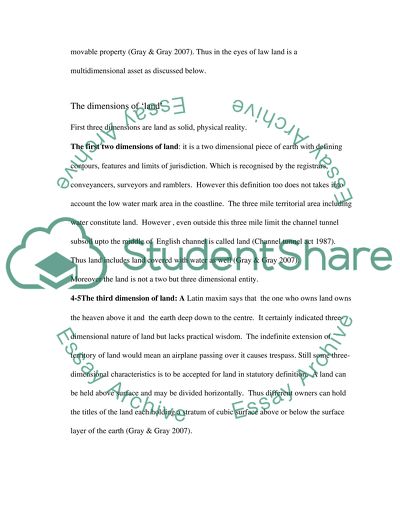Cite this document
(“Land Law - Dimensions of land Essay Example | Topics and Well Written Essays - 2000 words”, n.d.)
Retrieved from https://studentshare.org/miscellaneous/1518594-land-law-dimensions-of-land
Retrieved from https://studentshare.org/miscellaneous/1518594-land-law-dimensions-of-land
(Land Law - Dimensions of Land Essay Example | Topics and Well Written Essays - 2000 Words)
https://studentshare.org/miscellaneous/1518594-land-law-dimensions-of-land.
https://studentshare.org/miscellaneous/1518594-land-law-dimensions-of-land.
“Land Law - Dimensions of Land Essay Example | Topics and Well Written Essays - 2000 Words”, n.d. https://studentshare.org/miscellaneous/1518594-land-law-dimensions-of-land.


